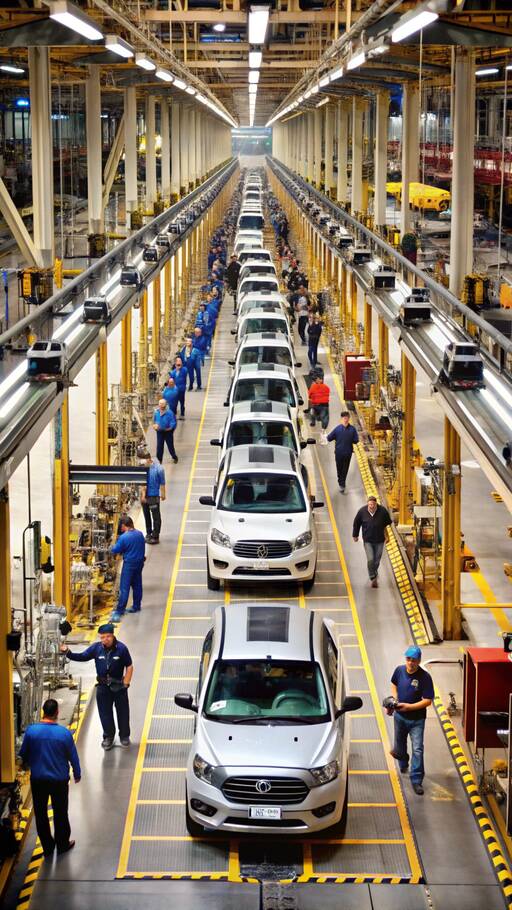
- General Motors and Stellantis have also withheld guidance due to trade uncertainties.
- Mercedes-Benz and Volvo join the list of companies holding back forecasts amid unclear U.S. trade policies.
Despite initial progress, Ford reported a $471 million net income in the first quarter—a 5% decline—on $40.7 billion in revenue. Adjusted income fell by 63% to $1 billion, with vehicle deliveries down 7% to 971,000. Improvements in quality have led to reduced warranty costs, said COO Kumar Galhotra. The company is on course for a $1 billion cost reduction, tariffs excluded.
- Ford Pro: The commercial vehicle division earned $1.3 billion in adjusted earnings, less than half of last year's record profits, partly due to plant downtime and decreased fleet pricing. However, software service subscriptions increased by 20%.
- Ford Model e: The EV division reported a reduced loss of $849 million compared to $1.3 billion in the first quarter of 2024. U.S. retail sales of electric vehicles rose by 15%, driven by new offerings such as home chargers with free installation.
- Ford Blue: This segment reported just $96 million in adjusted earnings, down from $901 million a year ago. Production disruptions affected delivery volumes, although new models are commanding significantly higher prices.
Half of the additional tariff costs hit imported vehicles, while the remainder affects cross-border parts. While most steel and some aluminum sourcing remains domestic, tariffs might inflate local prices. CEO Jim Farley understands the aim of promoting U.S. manufacturing but urges operational flexibility to ensure success.
Ford faces a challenging financial outlook as tariffs loom, impacting industry peers and internal segments differently. Despite these hurdles, the company forges ahead with strategic offsets, bolstered by promising gains in electric vehicle sales and ongoing cost reductions.